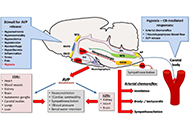8 results in Exploration of Medicine
Latest
Sort by :
- Latest
- Most Viewed
- Most Downloaded
- Most Cited
Open Access
Review
Role of mitochondria in brain functions and related disorders
Monu Yadav ... Anil Kumar
Published: October 31, 2022 Explor Med. 2022;3:494–515
This article belongs to the special issue Techniques in Repurposing and Targeted Delivery: Bringing a New Life to Shelved Drugs
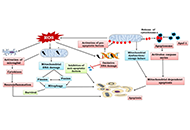
Open Access
Review
Development of nanobiosensors for human immunodeficiency virus detection—a mini review
Shurfa Mudenkattil ... Koyeli Girigoswami
Published: October 31, 2022 Explor Med. 2022;3:479–493
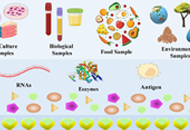
Open Access
Perspective
A budding concept with certain microbiota, anti-proliferative family proteins, and engram theory for the innovative treatment of colon cancer
Yuka Ikeda ... Satoru Matsuda
Published: October 27, 2022 Explor Med. 2022;3:468–478
This article belongs to the special issue The Role of Gut Microbiota and its Metabolites in Gastrointestinal Diseases
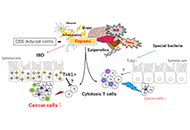
Open Access
Commentary
Update on trials examining effects of night-time blood pressure lowering drug treatment on prevention of cardiovascular disease
Chau Le Bao Ho, Christopher M. Reid
Published: October 27, 2022 Explor Med. 2022;3:461–467
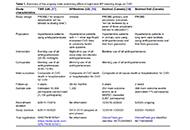
Open Access
Meta-Analysis
Efficacy of low-level laser therapy in oral mucosal surgical wound healing: a systematic review and meta-analysis
Seyyed Amir Seyyedi ... Rohollah Valizadeh
Published: October 27, 2022 Explor Med. 2022;3:451–460
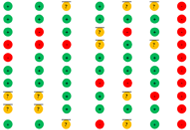
Open Access
Original Article
Seminal fructose and citric acid concentrations relative to sperm parameters among men for fertility evaluation in Yaoundé, Cameroon
Bih Tanni ... Christopher Odianosen Aimakhu
Published: October 27, 2022 Explor Med. 2022;3:443–450
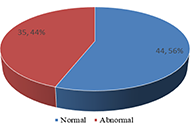
Open Access
Review
Nutritional prospects of wheatgrass (Triticum aestivum) and its effects in treatment and chemoprevention
Neha Minocha ... Parijat Pandey
Published: October 12, 2022 Explor Med. 2022;3:432–442
This article belongs to the special issue Techniques in Repurposing and Targeted Delivery: Bringing a New Life to Shelved Drugs
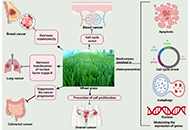
Open Access
Review
Vasopressin: a possible link between hypoxia and hypertension
Ewa Szczepańska-Sadowska, Tymoteusz Żera
Published: October 11, 2022 Explor Med. 2022;3:414–431
